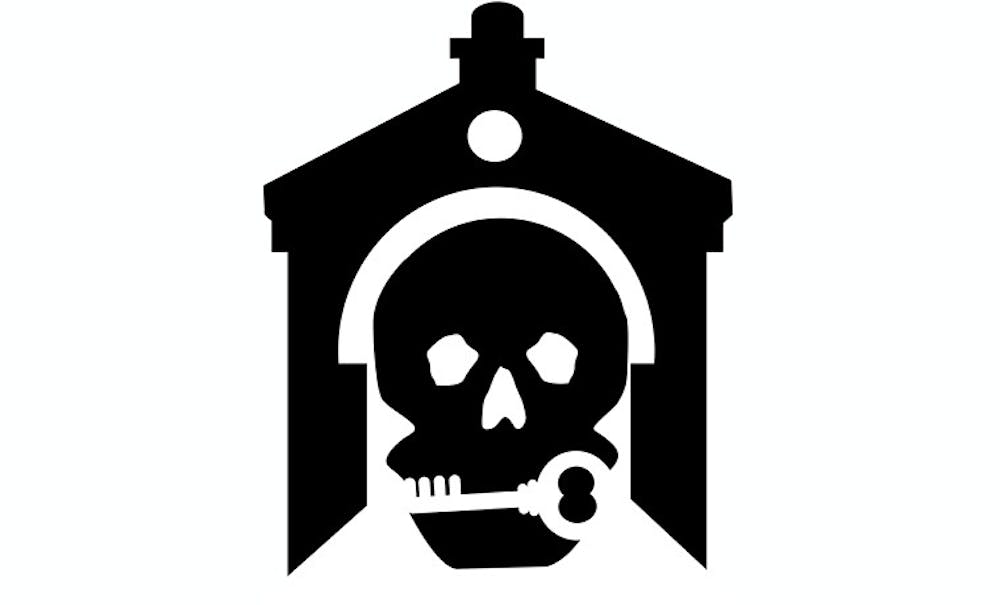I’ll let you in on a little secret: Penn’s world–class Museum of Archaeology and Anthropology exists all year, every year—not just during the NSO toga party.
I’ve read pieces about the Penn Museum in student publications, and invariably, they open with sentences like the one above. This suggests that the Penn Museum is one of this campus’ best–kept secrets. And this is always frustrating for me, not because it isn’t true, but because it is.
During the very first class I walked into at Penn, I found myself sitting in a room in the museum surrounded by models of human ancestors, listening to my professor tell us that we would be working directly with the artifacts—things that were made and used and thrown away by people who haven’t walked the Earth for thousands of years. The thought was thrilling, and my experience in ANTH148, “Food and Fire,” did not disappoint. Examining stone–age bones for tooth marks left by scavengers, holding 6,000–year–old tools and even cutting meat with a flake I chipped from a piece of obsidian with my own hands were some of the most engaging learning experiences I’ve ever had.
That semester, my PennCard gave me access to the artifact labs at the museum. I felt like such an insider. I was brought face–to–face, through physical contact, to something from the distant past. The feeling you get from learning through real, physical interaction is infinitely more powerful than just reading a book or looking at images. I reveled in the thought of being a part of an exclusive club, in being able to see and do and touch things that most people—even most Penn students—never would.
Among my friends, I became the go–to authority on any and all things related to the museum (Ed. note: every friend group needs one of those). Of course, as a first–semester freshman, I was no expert, but I was always the person to call with any questions—like where to find a recitation room in the museum, how best to enter the building at different times of day and so on.
In addition to knowledge of the museum, I also acquired stories. I would come back to my dorm and brag that I’d spent my day examining potsherds for evidence of forming and finishing techniques, or identifying signs of iron deficiencies in the diets of ancient people just by looking at their skulls. I must have sounded like I had come from an archaeological dig in some faraway land, and sometimes I felt as if I had. But I’d only been as far as 33rd and South.
By the end of the semester, I still thought that my special opportunity was incredibly cool, but I was no longer happy to think of myself as the keeper of a great secret. I began to wonder why so few students explore this wonderful resource. I was baffled and, frankly, distressed by the fact that some have never even been to the Lower Egypt Gallery and seen the sphinx—the museum's most iconic treasure that, for some reason, is not the life of the toga party. Unfortunately, I have to admit that this reality makes perfect sense. Most Penn students don’t even know how to access the building.
The Penn Museum is commonly viewed as a sort of house of mysteries. We may have heard that there are amazing things to be seen and done there, but we never really go and experience them for ourselves. And whenever anyone reports on those amazing things, the language is always colored with a tint of disbelief, as if this museum that has stood for over a century only just opened its doors.
So here is my suggestion: Let’s keep reading and writing about the Penn Museum and the events and research that go on there, but let’s not be surprised that they are going on. Treat stories from the museum like an exciting sports game or a change in the price of campus housing or free Federal Donuts during exams—interesting, but not mystifying.
Yes, the Penn Museum is awesome, but I urge you to remember that it is real and that you have access to it. It doesn’t just pop up out of the ground to receive toga–clad freshmen in late August. I promise.

